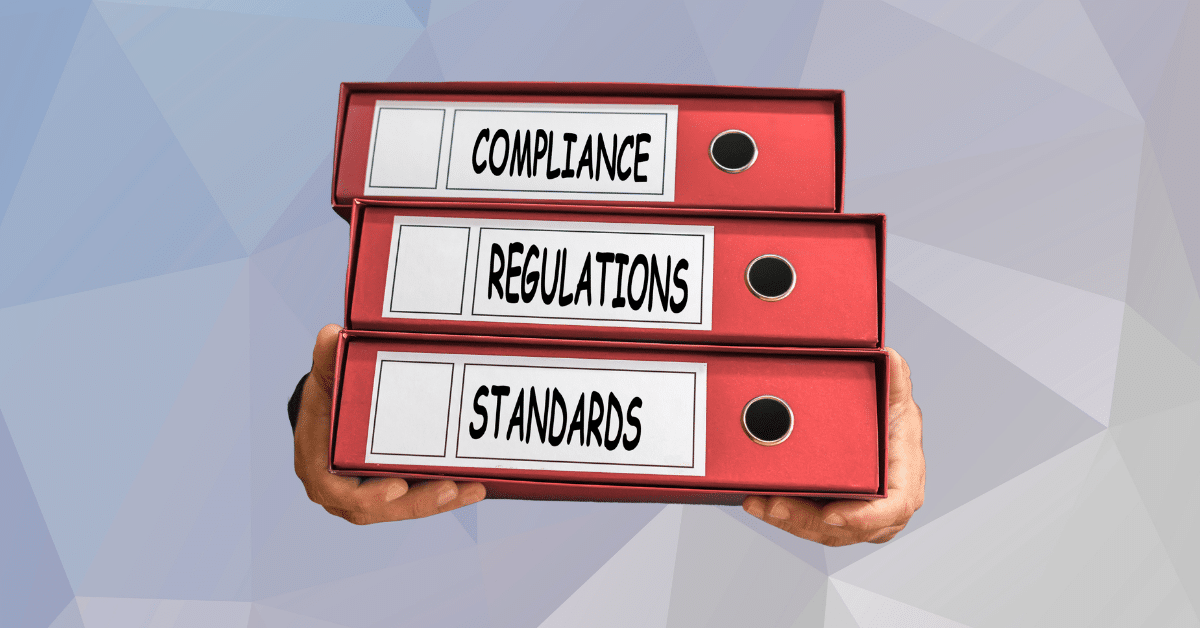I still remember a COO describing the day things clicked. A junior designer spoke up in a meeting after a manager made a “joke” that didn’t land. Instead of the usual awkward silence, two peers backed her, the manager apologized, and the team moved on without drama. No investigations. No gossip spiral. Just a quick course-correction because people shared a standard playbook. That’s the quiet power of harassment training done right: not slide decks, but day-to-day confidence that heads off problems and protects the culture you’re building.
Below is a practical guide you can hand to leadership and HR. It outperforms “check-the-box” content with research-backed practices, field examples, and a clear rollout plan—so your training actually drives meaningful change in behavior, safety, and results.
Sexual Harassment Training Workplace Culture
Most organizations run training to meet a requirement. The best ones use it to shape norms. Effective programs help people speak a shared language, spot problems early, and intervene without escalating conflict. That pays off far beyond compliance: healthier communication, stronger trust, and fewer costly exits. The EEOC’s guidance also encourages employers to incorporate civility and bystander intervention elements as part of a comprehensive prevention strategy. That recommendation acknowledges a fundamental truth: training should develop skills, not just awareness.
What Changes When Training Is More Than a Checkbox
- Shared definitions and examples. People know what crosses the line, including in Slack, Teams, email, and after-hours chats.
- Early, safe course corrections. Bystander skills help teammates redirect a moment before it becomes a report.
- Manager readiness. Leaders practice what to say, how to document, and where to route concerns.
- Visible fairness. Clear steps reduce fear of retaliation and build trust in the process.
The Business Case: Performance, Retention, and Risk
Toxic cultures drive exits and disengagement. Strong norms track with productivity and employer brand. Training is not a silver bullet, but when it’s interactive, leader-supported, and paired with transparent reporting, it reduces incidents and the downstream costs of conflict, investigations, and attrition.
What “Effective Sexual Harassment Training” Looks Like in 2025
If your training doesn’t reflect how people actually work—hybrid, async, chat-heavy—it won’t stick. Here’s a checklist leaders can use to develop effective sexual harassment training that drives behavioral change.
- Interactive by default. Use scenarios, polls, and Q&A, not passive videos.
- Civility + bystander skills. Include short scripts for redirecting comments, checking in with a coworker, and escalating concerns safely and effectively.
- Supervisor-specific content. Teach managers their duty to act, documentation basics, and how to set the tone in meetings and chat.
- Identity-aware coverage. Address gender identity, gender expression, and sexual orientation with practical scenarios.
- Remote and chat examples. Include Slack/Teams posts, emojis, DMs, and after-hours channels.
- Microlearning refreshes. Short nudges every quarter keep skills fresh and signal leadership cares.
- Clear reporting routes. Show people how to report concerns and what happens next.
- Measure and adapt—track participation quality, scenario scores, reporting confidence, and time-to-response.
When your program checks these boxes, you’ll naturally communicate the benefits of sexual harassment training across the org: safer collaboration, faster conflict resolution, and lower turnover.
Harassment Training for Supervisors: What Leaders Must Be Able to Do
Supervisors set the climate, even more than HR. Your harassment training for supervisors should build five specific muscles:
- Spotting and stopping. Recognize risky jokes, “off-hand” remarks, and exclusionary behavior—and redirect in the moment.
- Documenting clearly. Capture who, what, when, where, and any witnesses. Keep facts separate from opinions.
- Routing and following up. Be aware of your reporting pathways and adhere to established timelines.
- Protecting against retaliation. Model neutral treatment for all parties and watch for subtle payback.
- Representing inclusion. Make content practical by using scenarios that managers really face.
Harassment Prevention Training vs. a Prevention Program
Training is a key component of harassment prevention programs. To change culture, pair learning with:
- Policy people can read. Replace legalese with plain examples and a one-page “How to get help” flow.
- Multiple reporting options. HR inbox, hotline, manager, and an anonymous route.
- Leader rituals. Opening meeting norms, “no-spectator” bystander pledge, and a monthly 10-minute scenario.
- Accountability. Metrics on response times and resolution quality are displayed on the same dashboard as sales and uptime.
- Recognition. Call out teams that model early intervention and respectful communication.
California Corner: What “Mandatory Sexual Harassment Training” Requires
If you employ people in California, you’re subject to mandatory sexual harassment training rules under Government Code §12950.1:
- Who: Employers with five or more employees are required to provide training to all staff.
- How much: At least 1 hour for nonsupervisory employees and 2 hours for supervisors, with refreshers every two years and within six months of hire or promotion.
- Format: Training should be interactive, with Q&A and scenario-based components.
- Content: Include sexual harassment, abusive conduct (“bullying”), reporting paths, retaliation, and—in supervisor training—gender identity and expression topics.
Seasonal or temporary workers may have special timing rules; confirm current timing against counsel’s advice.
If your teams need a ready-to-launch option, point them to the Sexual Harassment in California training course—built to meet interactive, refresh, and topic requirements while staying short and practical for busy teams.
How to Roll Out Harassment Prevention Training Without Disrupting Work
Use this 60-day blueprint to maintain high momentum and minimize friction.
Week 1–2: Align and Announce
- Select a clear owner (e.g., HR or People Ops) and an executive sponsor.
- Publish a one-page policy recap with reporting options and a short video from leadership reinforcing expectations.
Week 3–4: Train Supervisors First - Run live, interactive sessions and collect questions for an internal FAQ.
- Give managers a response script card and a documentation template.
Week 5–6: Train Everyone Else - Use shorter, scenario-heavy modules with job-specific examples.
- Offer two routes: live cohorts or interactive, on-demand sessions.
Week 7–8: Reinforce - Share three mini-scenarios by email or LMS.
- Add a “speak-up check-in” to team meetings.
Ongoing: Make It Easy to Do the Right Thing - Rotate quick refreshers quarterly.
- Track reporting confidence and time-to-response.
- Report anonymized trends to leadership to maintain high attention.
Practical Scripts People Will Actually Use
Redirect a comment (peer-to-peer).
“Quick pause. That joke could land the wrong way. Let’s keep the thread focused on the work.”
Check in with a colleague.
“I noticed that exchange earlier. If you want to talk or raise it, I can help you find the right channel.”
Manager’s response to a report.
“Thank you for bringing this up. I’m logging the details now and will route it per our policy. You’ll hear from me or HR on next steps, and retaliation is not allowed.”
These micro-moments are where harassment prevention training pays off.
How to Know Your Training Is Working
Replace vanity metrics (completions) with signal:
- Psychological safety pulse. Quarterly “speak-up” confidence and bystander willingness.
- Manager behavior. Time to acknowledge concerns, quality of documentation, and use of early interventions.
- Incident trendlines. More early reports and fewer escalations is a good sign.
- Turnover + exit themes. Fewer culture-related departures over two or three quarters shows progress.
- Engagement comments. Look for language about respectful meetings, fair feedback, and clearer norms.
Final Takeaway and Next Step
Harassment training reshapes culture when it’s interactive, leader-led, and paired with clear processes. Start with managers, use realistic scenarios for everyone, and reinforce quarterly. If you operate in California, follow the state’s interactive rules and topic coverage, and point teams to the Sexual Harassment in California training course to stay current without adding admin overhead.Call to action: If you’d like, I can tailor a 60-day rollout plan for your headcount, locations, and tech stack, plus draft the internal comms that make adoption smooth.
FAQs
Who Must Take Sexual Harassment Training In California And How Often?
Sexual harassment training in California is required for employers with five or more employees and must be provided to all staff members. Nonsupervisory employees complete one hour every two years, while supervisors complete two hours on the same cadence. New hires and newly promoted supervisors complete training within six months. Keep simple records of dates, durations, and content so you can validate completion and refreshers without guesswork.
What Topics Should Sexual Harassment Training Cover To Be Effective?
Sexual harassment training is most effective when it covers clear definitions, realistic examples (including chat/DMs), bystander intervention steps, multiple reporting routes, and anti-retaliation policies. Supervisor modules add duty to act, documentation, and tone-setting in meetings and digital channels. In California, it includes abusive conduct and content on gender identity and expression. Use short scenarios, role-plays, and Q&A so employees practice what to say—not just what the policy says.
Does Sexual Harassment Training Actually Improve Workplace Culture?
Sexual harassment training improves workplace culture when it is interactive, leader-endorsed, and linked to a simple reporting flow. Teams gain shared language, address missteps early, and reduce fear of retaliation. Over time, you see quicker resolution, fewer escalations, and lower turnover tied to conflict. Pair training with quarterly refreshers and visible manager follow-through so the message becomes part of everyday habits, not just an LMS.
What Makes Sexual Harassment Training For Supervisors Different?
Sexual harassment training for supervisors focuses on responsibilities that regular modules often overlook: identifying risk early, responding promptly, documenting facts accurately, addressing concerns promptly, and preventing retaliation. Managers also practice setting norms in meetings and chats, giving corrective feedback without shaming, and supporting all parties during reviews. In California, supervisor content includes topics related to gender identity and expression, enabling leaders to guide inclusive and consistent behavior.
Can Sexual Harassment Training Be Delivered Online And Still Meet Requirements?
Sexual harassment training can be delivered online if it remains interactive—think scenario prompts, knowledge checks, and Q&A—and if timing and completion are tracked. Many employers mix live virtual sessions for supervisors with self-paced modules for staff. For California, choose a course that covers the required topics and refreshes the timing; the Sexual Harassment in California training course offers an interactive format suited for distributed and hybrid teams.


















